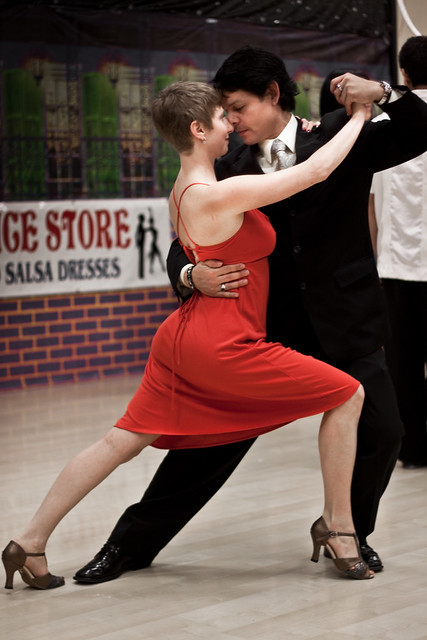Ástor Piazzolla with his bandoneón in 1971. - (Photo credit: Wikipedia)
Astor Piazzolla's Oblivion was composed in the year 1982 as a chamber ensemble. This beautiful music piece was one of Astor Piazzolla's most famous Tangos, and it became most popular when it was released on the soundtrack of Marco Bellocchio's film Henry IV, the Mad King. Oblivion has been recorded in many different versions, including being rewritten for the klezmer clarinet, saxophone quartet, oboe, and orchestra.
It starts out with violins and cellos and is a beautiful, haunting piece that speaks of tragedy and love. It's one of the most famous Tango work ever done by Astor Piazzolla and remains one of his best. The string section enters instantly, with a subtle, arpeggiated accompaniment, and the melody is extremely melancholic and almost depressing. With long notes and beautiful, alternating notes and elegant figures, Oblivion is a song that spins a sad tale of love and woe. It is a beautiful piece, very elegant in structure, and sounds like a sad song.
Halfway through the song, the melodies change a little, with a contrasting theme, not as intense as the previous notes and melodies though. Astor Piazzolla's Oblivion is one of the tangos that he wrote with almost no jazz or rock influence, like most other of his pieces from that time. It is a piece that is very true to the original Tango, and Piazzolla keeps it at its roots. It has a bit of harmonic sophistication and elegance, and it sings a beautiful song of Tango and emotion.
|




